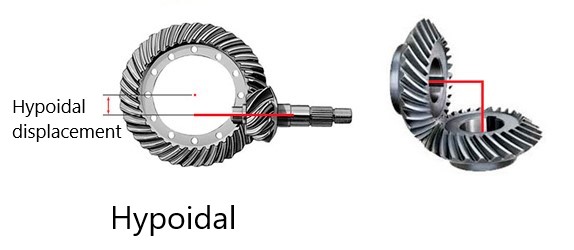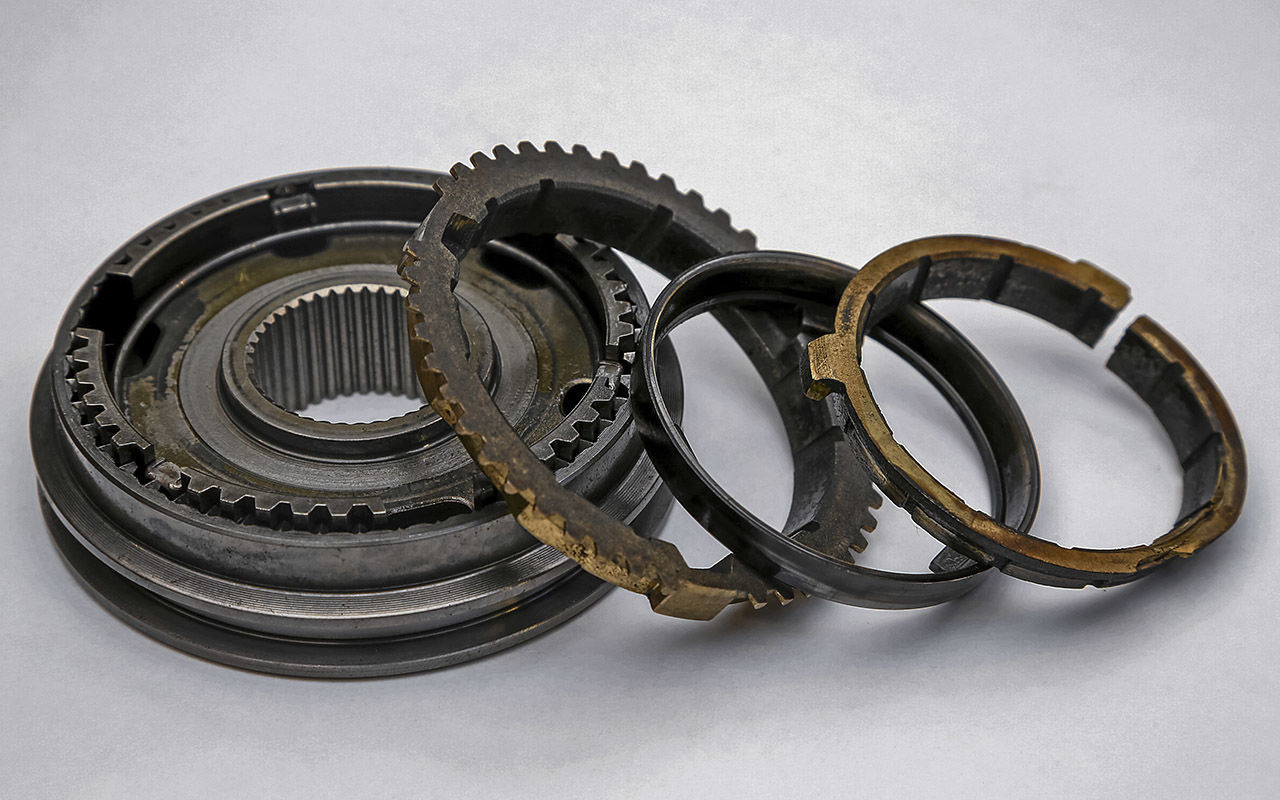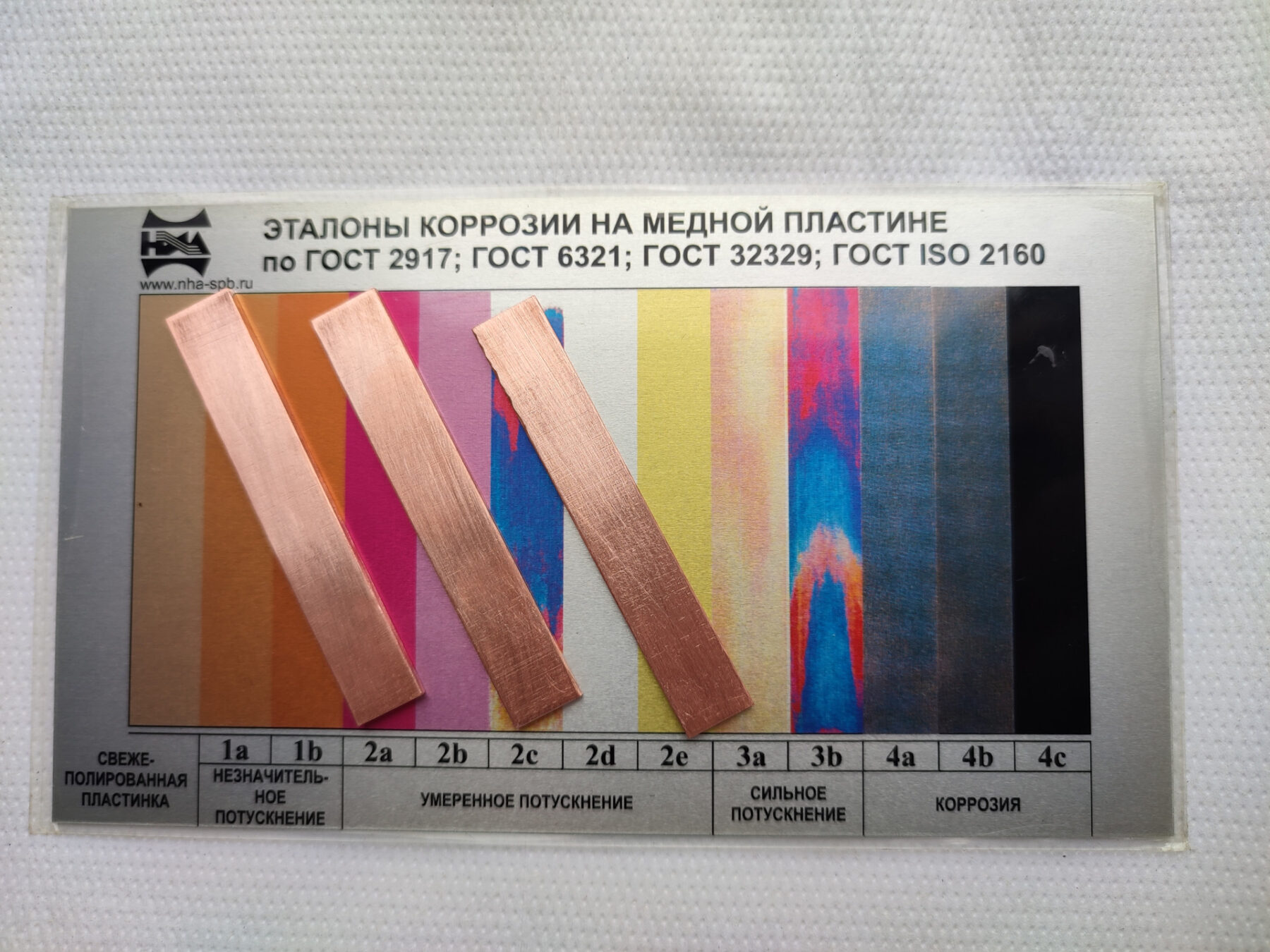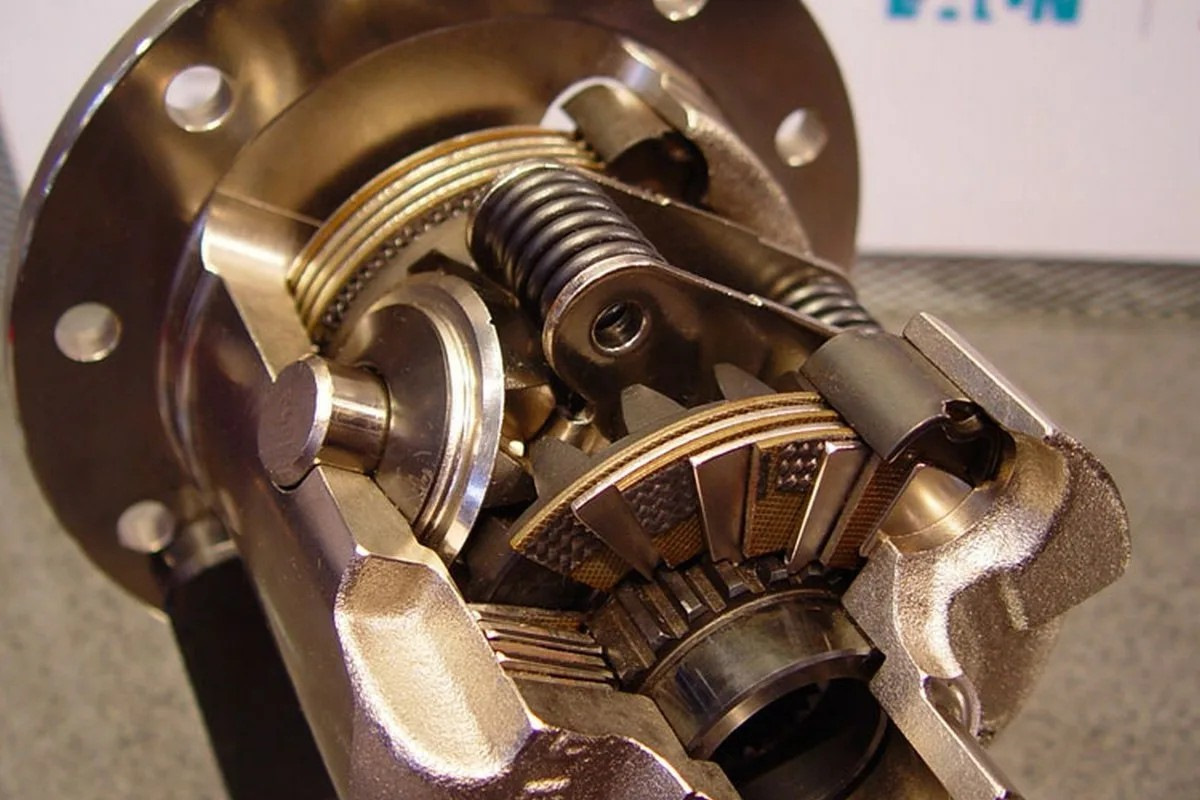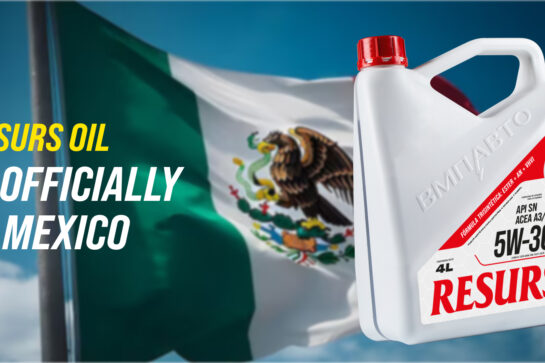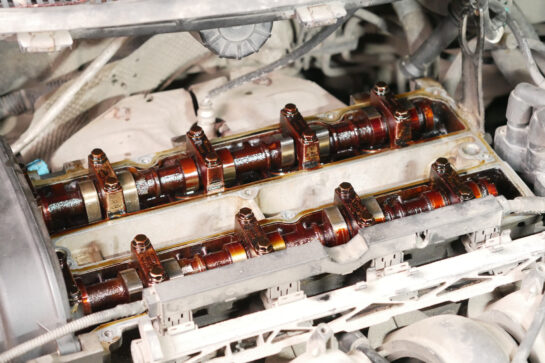What should you put in the gearbox to prevent the gears from cracking?
Gl-4 or GL-5? Or maybe GL-4+ or GL-4/5? Which oil to choose for the gearbox and reduction gear. Is it possible to pour the same oil there and there? And what about front-wheel drive cars, where the box is combined with the gearbox? We receive questions on the topic of transmission oil application in our private messages with enviable constancy. And if the SAE classification, based on the change in oil viscosity depending on the temperature, people have somehow determined, but the API classification, which takes into account a combination of anti-wear and anti-seize properties, still causes misunderstanding.
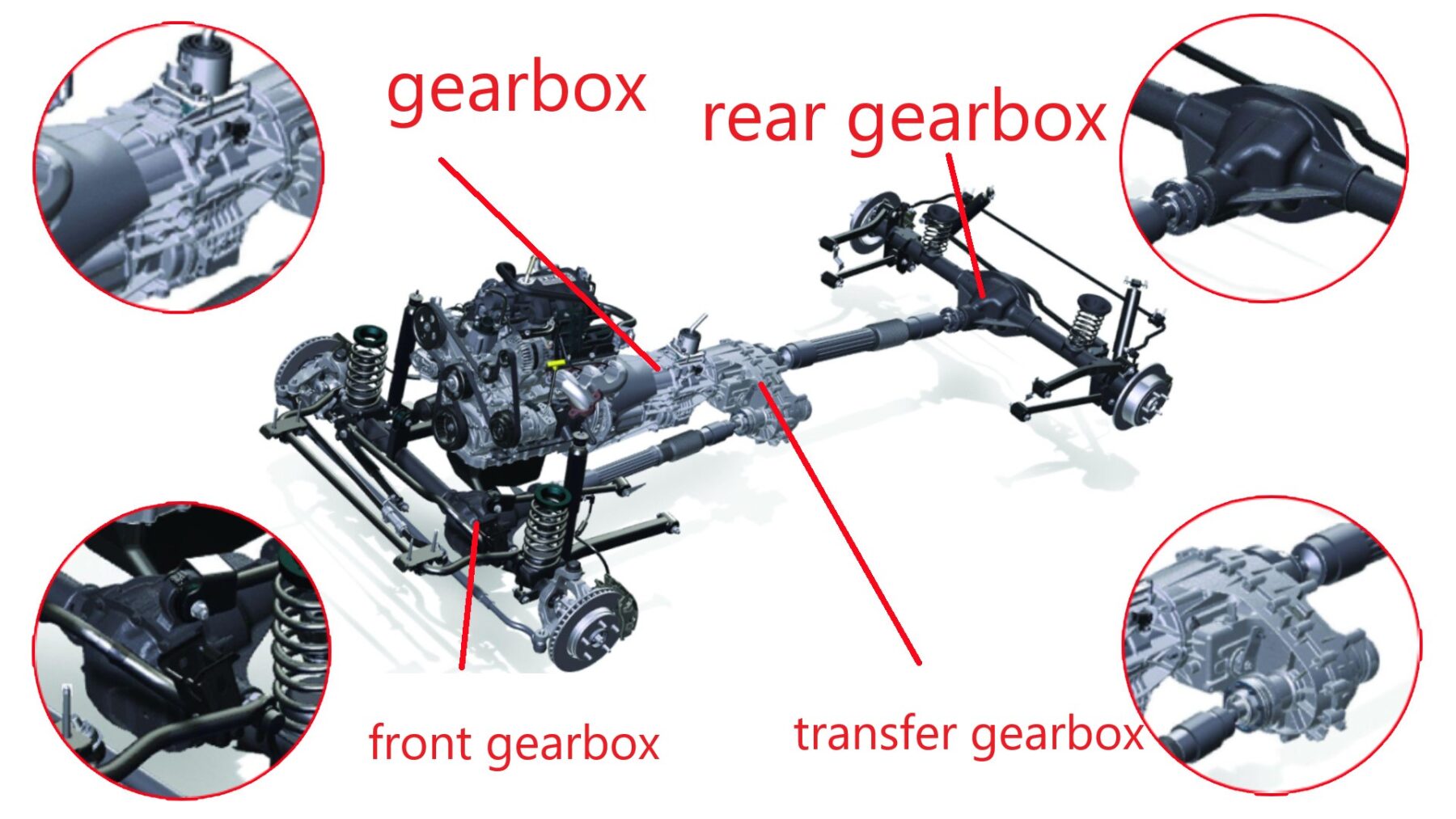
It is the compatibility of the oil with different types of gears, depending on the composition of additives that determines this classification. The set of additives in gear oils is diverse. Depending on the type of transmission, the following additives must be present in the oil in strictly controlled proportions: antifriction, anti-seize, anti-wear, anti-oxidation, anti-foaming and even anti-vibration additives.
Thus, in particular, to ensure trouble-free operation of hypoid gears of driving axles of vehicles operating in severe conditions, the oil should contain up to 6.5% of anti-seize and anti-wear additives based on sulfur and phosphorus. According to API classification these oils belong to GL-5 class. At the same time, such oil is not recommended for use in manual gearboxes of the same vehicles.
The point is that these very additives based on sulfur and phosphorus in the amount in which they favorably affect the hypoid gearbox in a manual gearbox, over time can destroy the synchronizers and thereby destroy the entire unit as a whole.
You probably remember our material about how the test of transmission oils on the corrosive effect on the copper plate is carried out. This very test allows you to determine whether the gear oil will affect the synchronizers or not.
Someone may now argue that synchronizers in the box are made of bronze or brass, and these are copper alloys, and they corrode much less, if not at all will not be affected by these very sulfur and phosphorus. But the good thing about this test is that it shows in a relatively short period of time whether the part will be affected in the future or whether its condition is not worth worrying about at all.
What are we getting at? And to the fact that if you reduce the content of sulfur-phosphorus additive in the gear oil to 4%, it no longer has a deleterious effect on synchronizers, and it can safely be used in manual transmissions. Such oils according to API classification belong to GL-4 class.
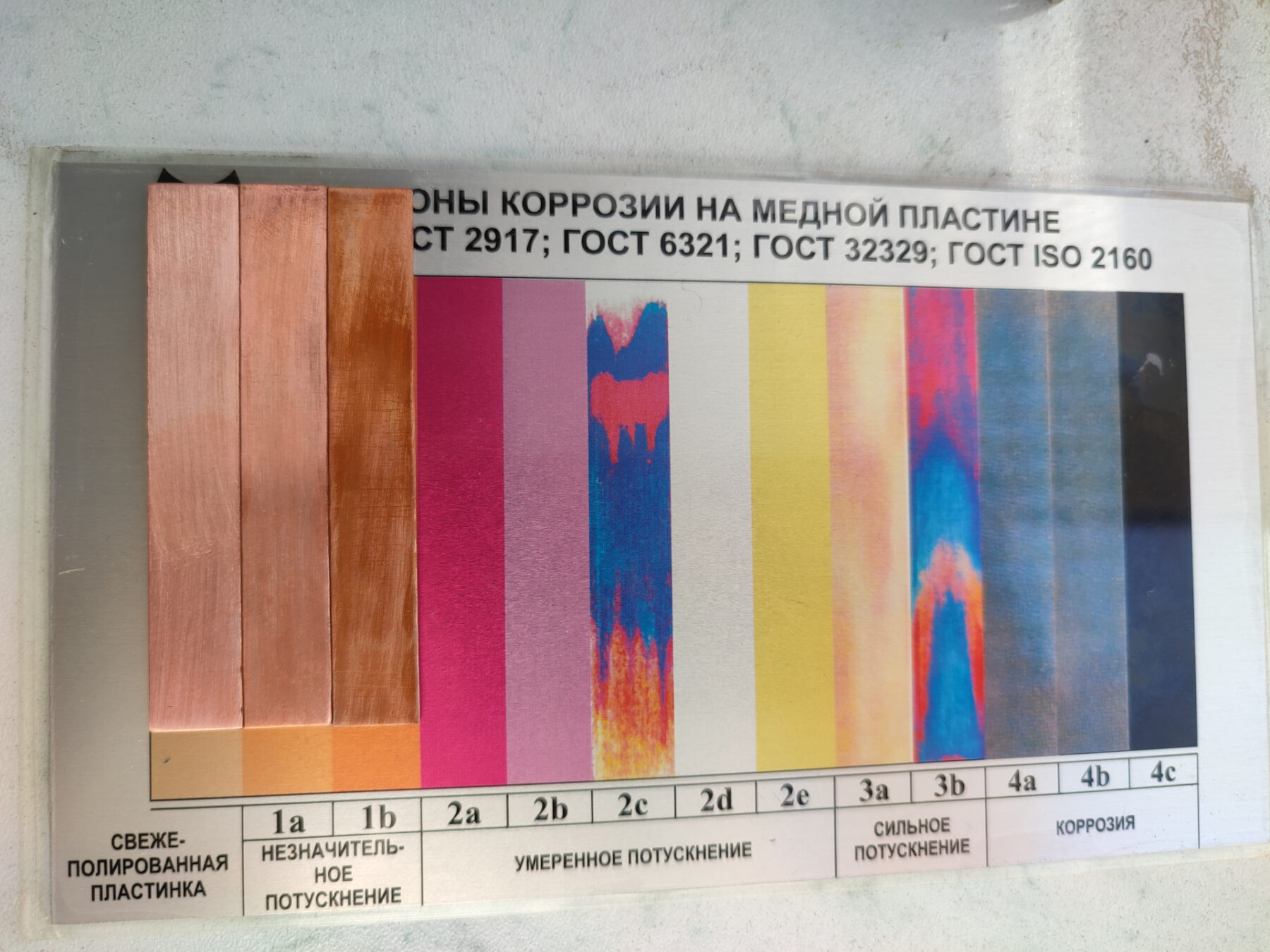
And then how to position GL-4+ and GL-4/5 oils? Where to pour them – in the axle or in the box? These oils belong to the so-called universal oils. They can be used either in the box, or in the gearbox, or in the box combined with the gearbox, i.e. in a front-wheel drive car. As for the difference in labeling, European oils are usually labeled as GL-4+. The same oils on the Asian market are labeled as GL-4/5.
Special caste is so called LS oil (Limited Slip “Limited Slip”). Such oil is applied in the increased friction differential (LSD – Limited Slip Differential). The main difference between oils of this category and the oils listed above is the presence of friction modifiers in them, which allow to eliminate shocks and vibrations when the differential slips.
In any case, subbirability transmissive oil to the tome or the aggregate, should be taken into account the recommendations on the application of the automobile manufacturer. And if in the box gear recommended pour GL-4 oil, whether in it GL-5 all the same do not recommend. Desire to desire more fresh over classification oil may lead to the opposite effect.

